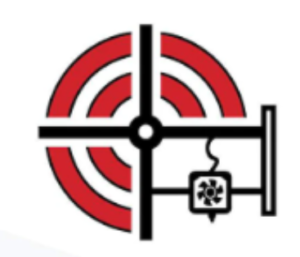Having just 3D printed specimen containers using additive, ORNL is moving further. At the ORNL Manufacturing Demonstration Facility (MDF), they’ve worked with Kairos Power and Barnard Construction to use 3D printing for construction. There is renewed interest in nuclear power as an energy technology. New developments and novel types of nuclear power plants are attracting investor interest and may be a part of the answer to the problem of getting enough energy for the planet without wrecking the very planet we live on. But new innovative power plants will need to be constructed through new methods.
Traditional nuclear plants often take decades and billions more to construct than planned. This makes politicians look foolish but also makes banks and other funding bodies less likely to lend. And if they do lend, rates may be higher due to the uncertainty. Higher funding costs and overall spend will increase the kWh price of the plant and make nuclear power less competitive when compared to the more pedestrian construction of gas or coal plants.
What’s more, delays, overruns, bad press, and more money than expected all mean that governments will be more hesitant to initiate new nuclear power plant construction projects in the future. Reducing uncertainty and reducing construction costs is therefore of paramount importance if you wish to usher in a new, safer, and lower-cost nuclear era.
ORNL is making it happen through 3D printing large-format polymer composite materials. These are then used to cast complex concrete structures. This approach has been used before on high-tech, high-cost, high-complexity construction projects. 3D printing formwork may seem somewhat less sophisticated than printing the final article itself, but it saves a lot of cost, materials, and time. In many cases, it can be significantly cheaper. It also has the benefits of fitting inside existing processes and paradigms. Properties and performance are also likely to be similar to those of regular cast concrete.

The Kairos Power and Barnard Construction teams collaborated closely to complete the Janus cast-in-place concrete demonstration in a matter of days. Image courtesy of Kairos Power.
Now, “likely” and “similar” are not words you want to be caught using frequently when building nuclear power plants. On the Hermes Low-Power Demonstration Reactor construction project, they’ve made 10 by 10-foot 3D prints that will be used to cast columns. These columns will hold up the bioshield, the primary shielding protecting the plant from the outside world and the world from the plant. The printed parts are, somewhat surprisingly, made out of CF ABS. ABS was initially used extensively in large-format 3D printing before being often eclipsed by PP, HDPE, PETG, PIPG (post-industrial waste recycled PETG), and many other cheaper materials. ABS can be recycled perhaps six or seven cycles, but the virgin material required and the loss of properties would be tricky to master. Thanks to 3D printing, ORNL can use cast-in-place methods. The printing method used here significantly reduces the time to part.
MDF Director Ryan Dehoff stated,


